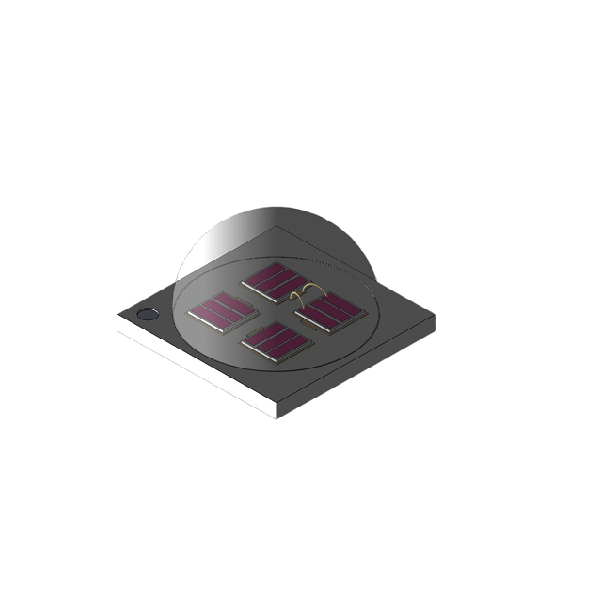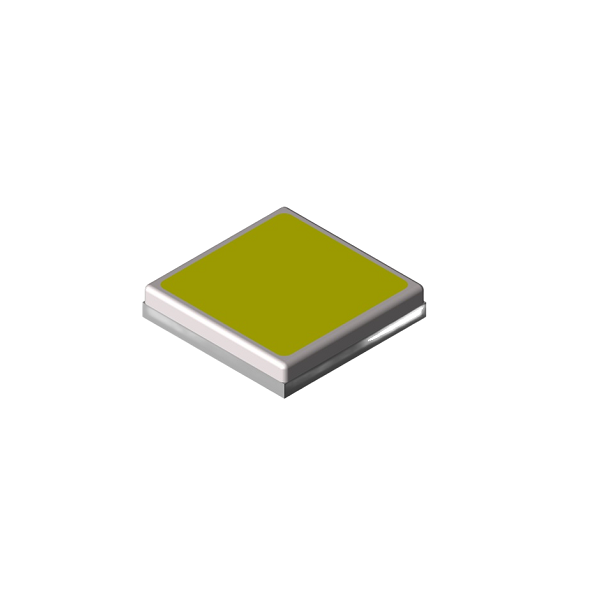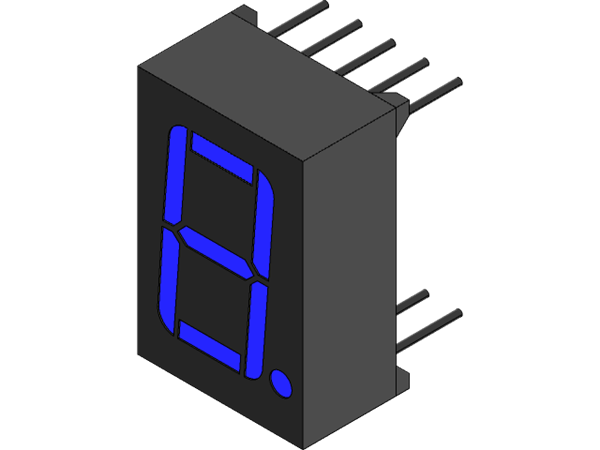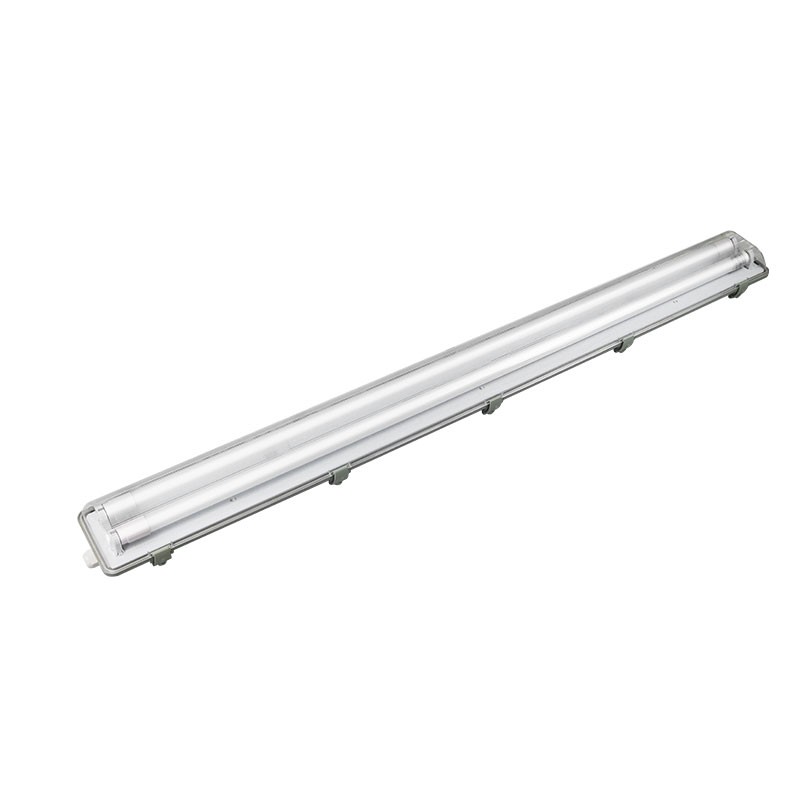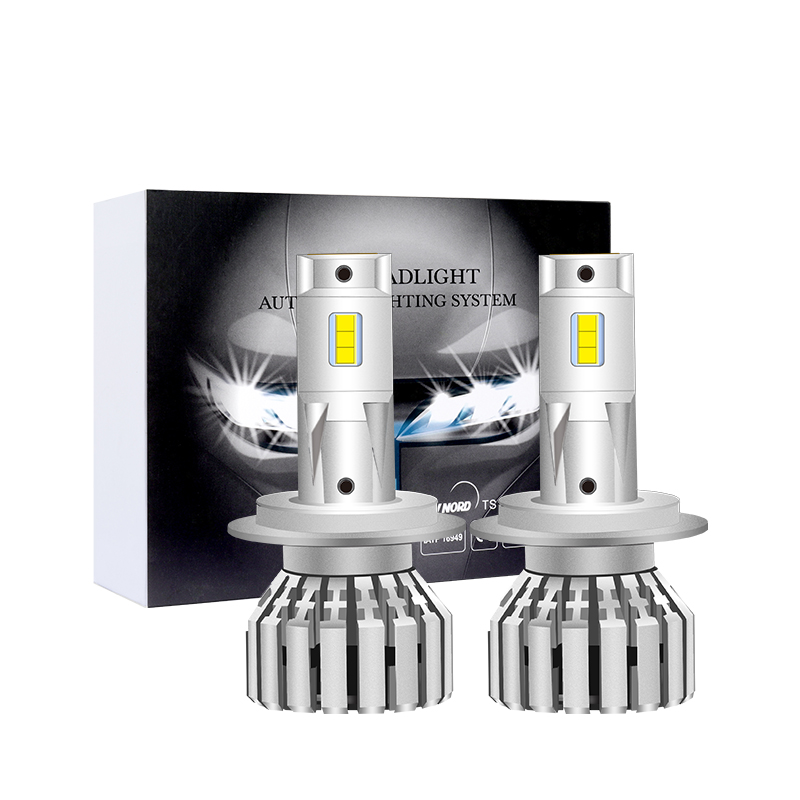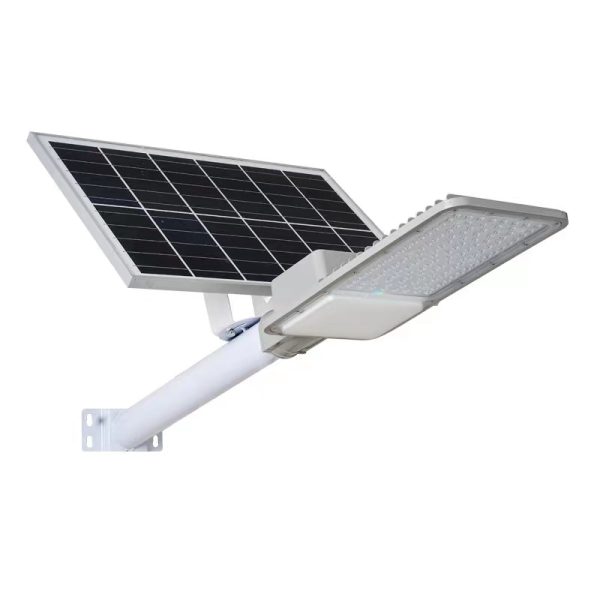With people’s pursuit of green environmental protection and efficient energy conservation, high power LEDs has become a development trend in the lighting industry. What are the characteristics and principles of high power LEDs? Let’s take a look together.
Compared to ordinary LED lamps, high power LEDs
A high power LED is a semiconductor device that has higher power and light output compared to ordinary LEDs, typically above 1 watt. This also makes it widely used in fields such as lighting, car lights, and signal lights.
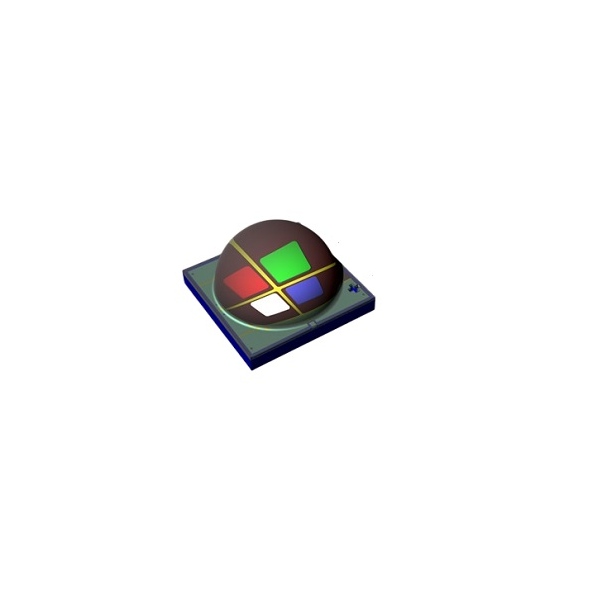
The working principle of high power LEDs
The working principle of high power LEDs are similar to that of ordinary LEDs. When a voltage is applied forward through its two electrodes, a p-n junction is formed in the area where they come into contact. In the p-n junction, electrons and holes recombine, releasing energy and producing photons. The energy and wavelength of such photons depend on the properties of the semiconductor material. The semiconductor materials used in high power LEDs are usually III-V semiconductor materials with a wide bandgap of gallium phosphide and a direct transition to the bandgap.
So, what are the differences between high power LEDs and ordinary LEDs? There are two main differences here. Firstly, high power LEDs can withstand higher currents and power, thus generating stronger optical output. Secondly, high-power LEDs typically use multiple light-emitting chips and lenses to achieve higher light output and a wider illumination range. This design can also effectively reduce light attenuation and improve service life.
So high power LEDs have the advantages of high efficiency, energy conservation, long lifespan, and environmental protection, and play a significant role in the lighting and electronics industries in daily life.


